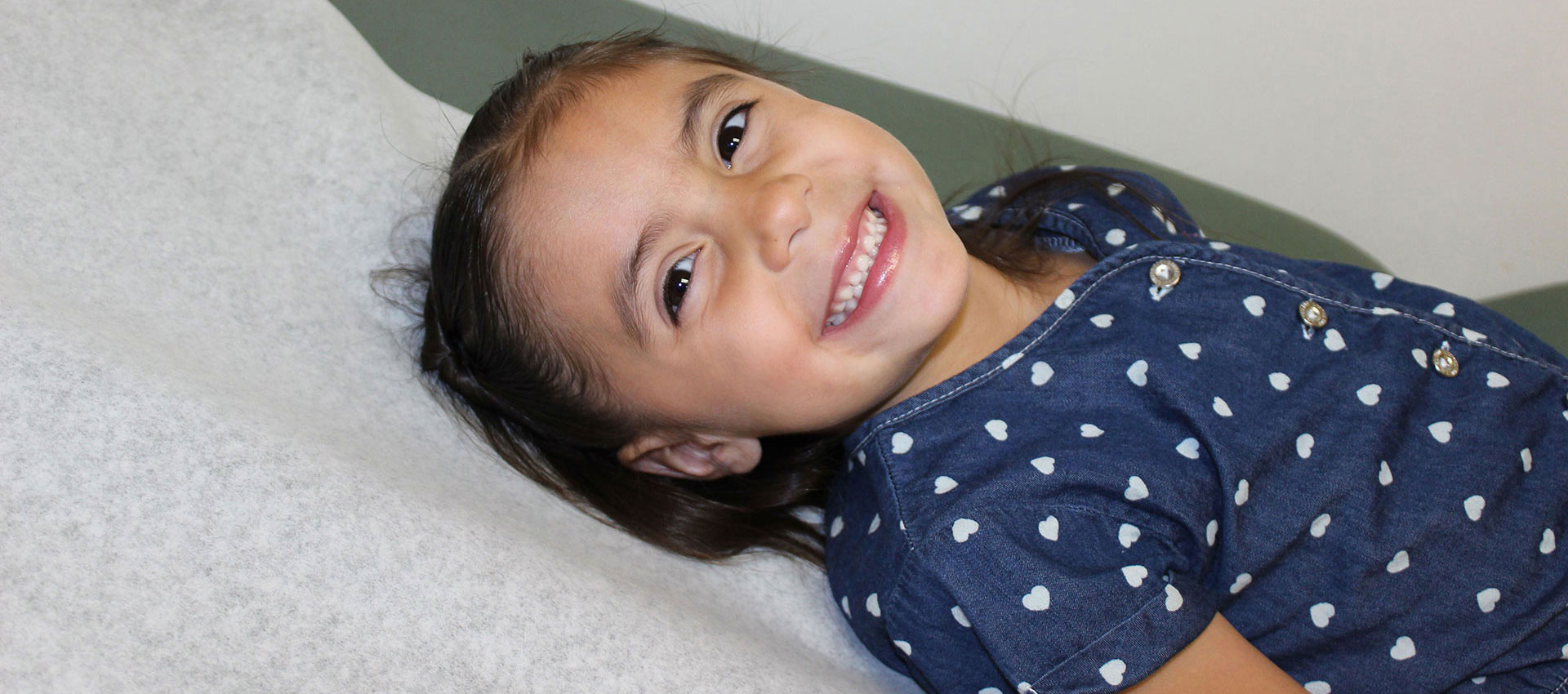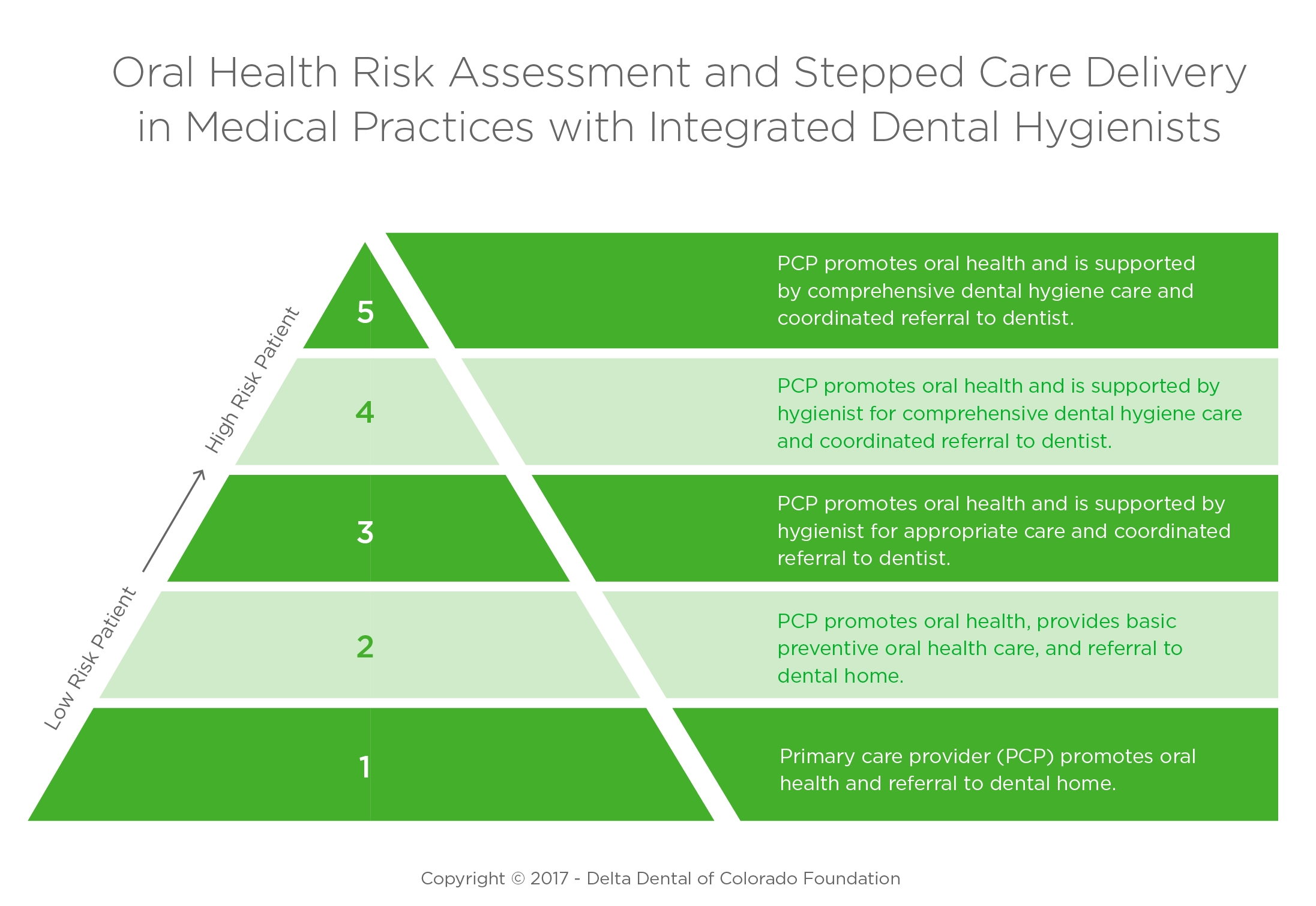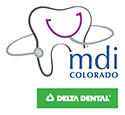
Stepped Care Delivery
There are many approaches to promoting oral health in the medical home. They range from oral health promotion with a coordinated dental referral to fully integrating a dental hygienist into the medical care team.
The best approach for your practice will depend on your practice size, the oral health needs of your patients, and your patients' ability to access dental services. The framework below describes a risk-based approach to meeting the oral health needs of patients ranging from low to very high risk.
Assessing Patient Risk for Oral Diseases
In small medical practices, the integrated hygienist can help assess every patient’s risk for oral diseases. In large practices, an approach that includes an assessment by the medical provider with risk-based, tiered patient management and treatment planning may be more efficient. Determining a patient’s risk for oral diseases is important to develop the best approach for disease prevention and management.
Risk Assessment Tools
Risk assessment initiates a conversation between the patient and provider about oral health behaviors and experiences. Many oral health risk behaviors can be improved through interviewing techniques designed to motivate behavior change such as self-management goal setting. Reassessing a patient’s risk at each visit helps the patient-provider team work toward optimal health. Risk assessment also takes into account medical conditions, medications, family history, oral examination, dental insurance, existing dental home, and other factors.
The following are easy to use risk assessment tools:
- American Dental Association Risk Assessment Tool.
- Cavity Free at Three Risk Assessment Tool.
- CAMBRA Risk Assessment Tool.
- Smiles for Life Oral Health Curriculum (this curriculum includes a risk assessment application for smart phones).
Oral Health Risk Assessment and Stepped Care Delivery in Medical Practices
Integrating a hygienist into a medical care team often requires a blended approach of care delivery from the medical provider and hygienist. The following framework and table summarize this approach.
A patient is “tiered” based on his/her risk for dental and gum disease. A “Tier 1” patient is considered to be at the lowest risk for dental and gum disease. In comparison, a “Tier 5” patient is considered very high risk.

| Clinical Care | ||
|---|---|---|
| Patient Risk Tier | Patient Description | Clinical Care |
| 1. Very low risk |
|
PCP promotes oral health:
|
| 2. Low risk |
|
PCP promotes oral health and provides basic preventive oral health care:
|
| 3. Moderate risk |
|
PCP promotes oral health and is supported by intervention from hygienist ranging from brief to comprehensive care:
|
| 4. High risk |
|
PCP promotes oral health and is supported by collaborative care team which includes dental hygienist:
|
| 5. Very high risk |
|
PCP promotes oral health and is supported by comprehensive dental hygienist care.
|
